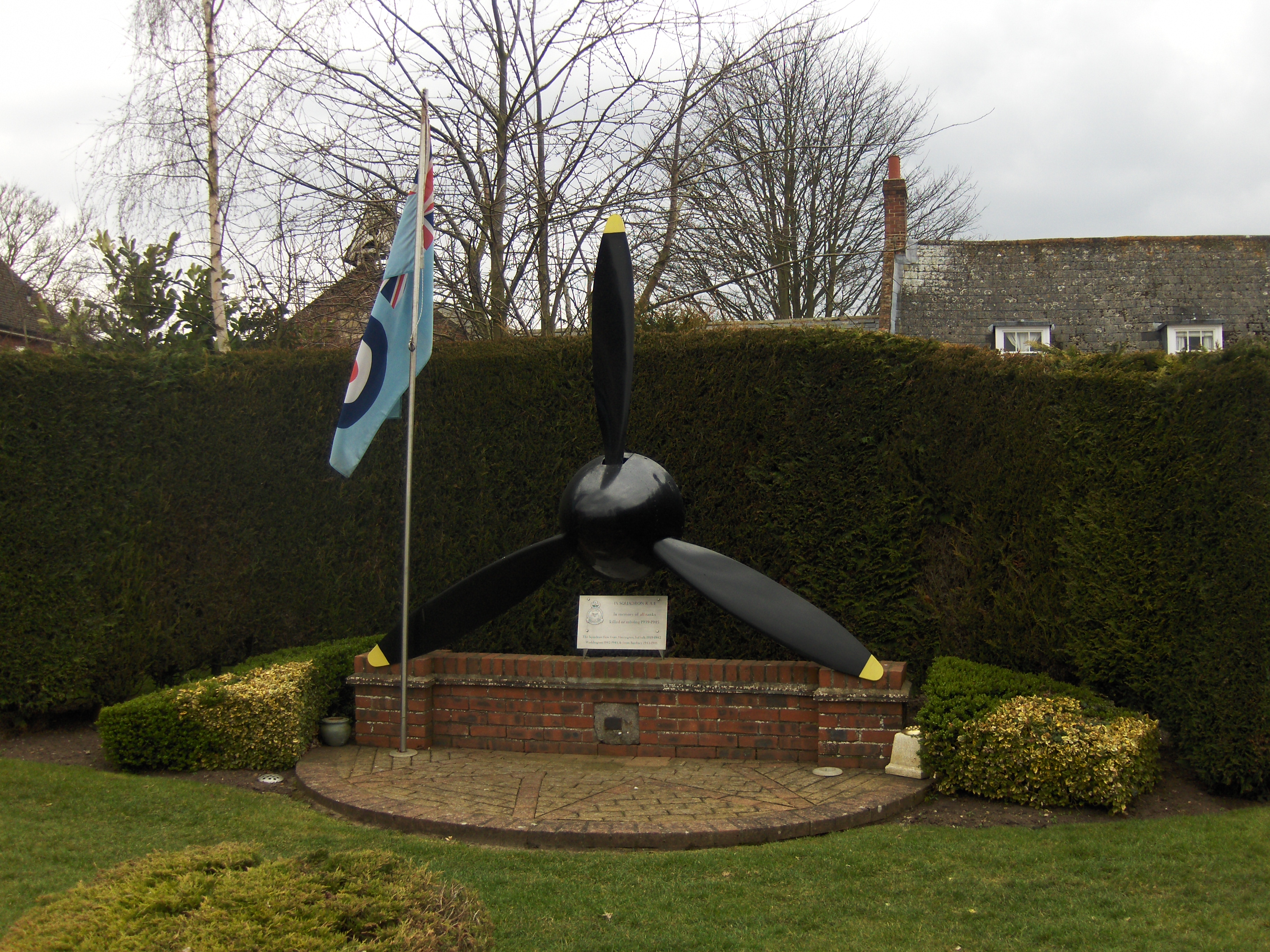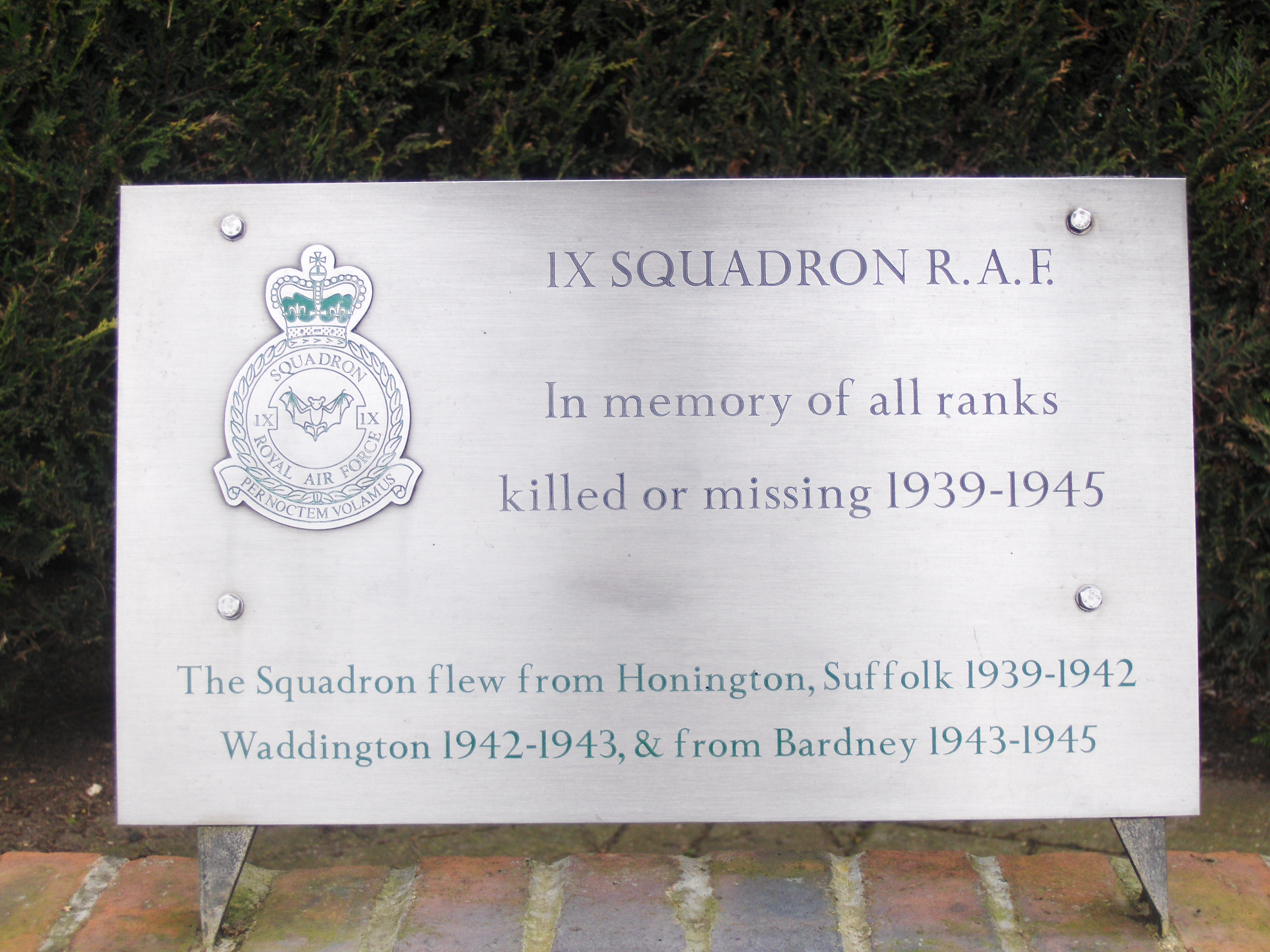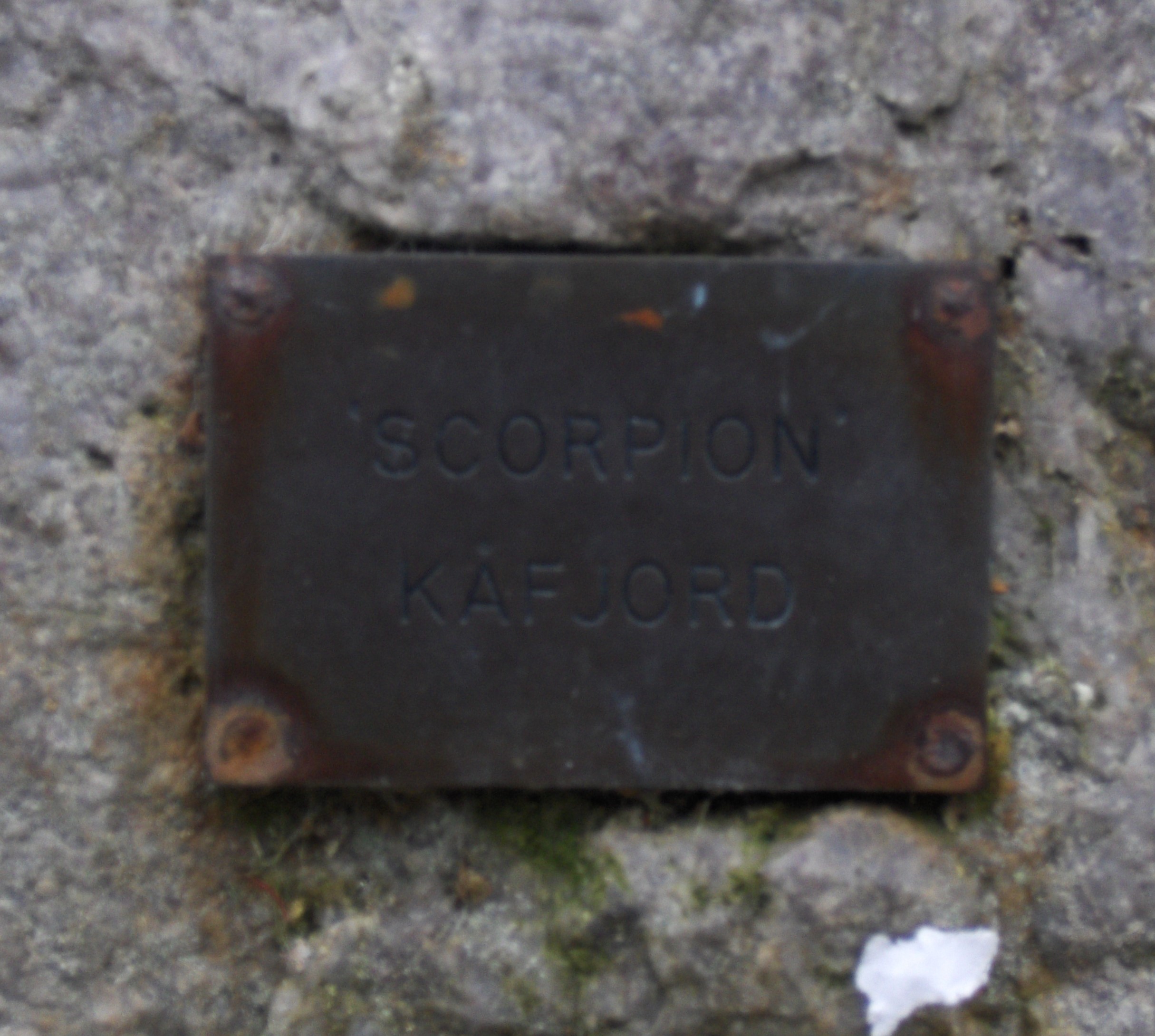Brocking, George Thomas
Personal Information
| Rank | AC1 |
| Forename(s) | George Thomas |
| Surname | Brocking |
| Gender | M |
| Age | 22 |
| Decorations | |
| Date of Death | 04-09-1939 |
| Next of Kin | Son of William Brocking and Jessie May Brocking (née Youell). Jessie died in 1924, aged 30. Father of George Thomas Brocking and Grandfather of Jeremy Stephen Brocking. |
Aircraft Information
| Aircraft | Vickers Wellington l |
| Serial Number | L4275 |
| Markings | WS-H |
Memorial Information
| Burial/Memorial Country | United Kingdom |
| Burial/Memorial Place | Runnymede Memorial |
| Grave Reference | Panel 2. |
| Epitaph |
IBCC Memorial Information
| Phase | 1 |
| Panel Number | 13 |
Enlistment Information
| Service Number | 546065 |
| Service | Royal Air Force |
| Group | 5 |
| Squadron | 9 (IX) |
| Trade | Air Gunner |
| Country of Origin | United Kingdom |
Other Memorials
| Location | Village Green, Bardney, Lincolnshire |
| Country | United Kingdom |
| Memorial Type | Stone Memorial, Propeller and Plaque |
| Memorial Text | In memory of the killed or missing of IX Sqd. 1939 - 1945 |
Miscellaneous Information
| George Brocking was a member of Sir Oswald Mosley's British Union of Fascists - a 'blackshirt', although there is no evidence of him ever wearing this uniform. The deaths of Ken Day and George Brocking were reported in Mosley's Action newspaper of October 12th 1939. The report stated: "In the first casualty list of the war appeared two names: K.G.Day and G.T.Brocking. Both were British Union members - both went down in the early days of the war in circumstances of extraordinary heroism, the details of which will one day be revealed. We Shall Remember." |
| After his mother's death, his father William remarried Maud Elizabeth Brocking (née Winslade) but after William's death in 1933, Maud removed her two stepsons, George Thomas and William Percy, from their private education and placed them in an orphanage, thus denying them their inheritance. George and Thomas's sister Joan continued to live with Maud but in the capacity of skivvy. Having reached the age to leave the orphanage and prior to WW2 George joined the RAF and was posted to 9 Squadron at Honington, initially as ground crew (rank AC2, eventually promoted to AC1). As WW2 approached there was a shortage of Aircraft Gunners. Both George Thomas Brocking and his best friend, Kenneth George Day volunteered to become Air Gunners and undertook a 5 week training course together. Within hours of war being declared George and Ken's Wellington took off at 1605hrs from RAF Honington. His brother, William Percy escaped from the orphanage aged 15 and lied about his age when joining the Merchant Navy, with whom he served throughout the war, although his early life and the scenes he witnessed throughout the war left deep psychological scars that affected him for the rest of his life. |
Commonwealth War Graves Commission
The National Archives
Fellow Servicemen
Last Operation Information
| Start Date | 03-09-1939 |
| End Date | 04-09-1939 |
| Takeoff Station | Honington |
| Day/Night Raid | Night (78% moon) |
| Operation | Shipping in Brunsbuttel harbour |
| Reason for Loss | Presumed shot down by flak or fighter in target area. |


